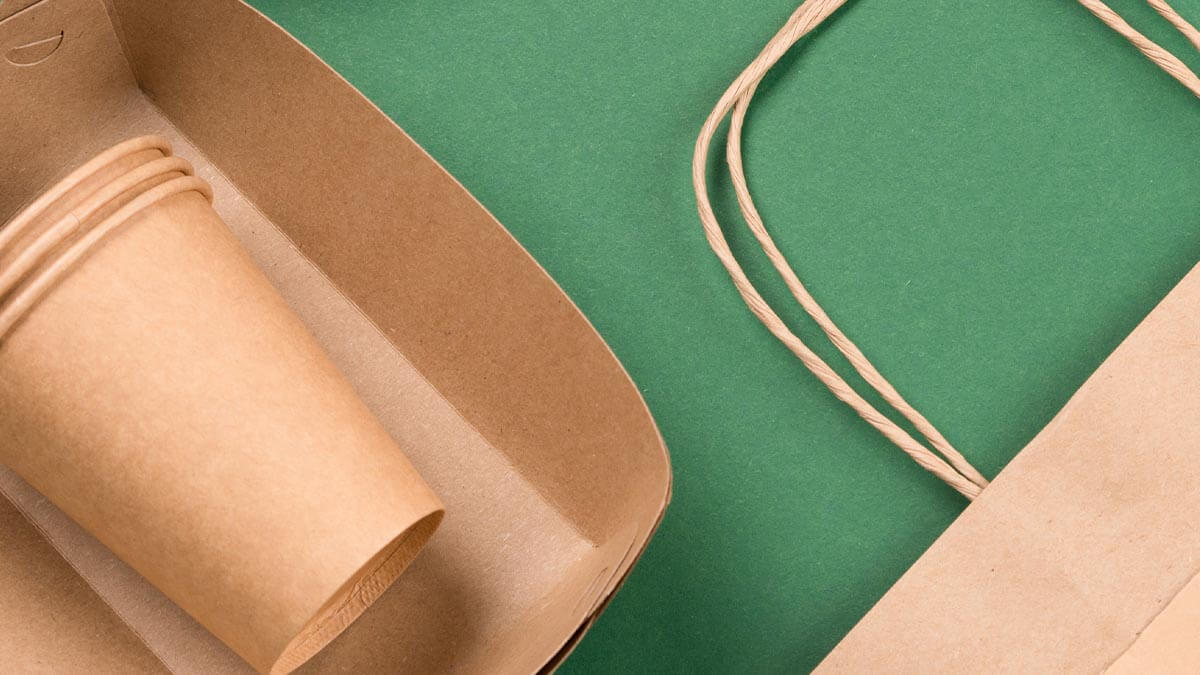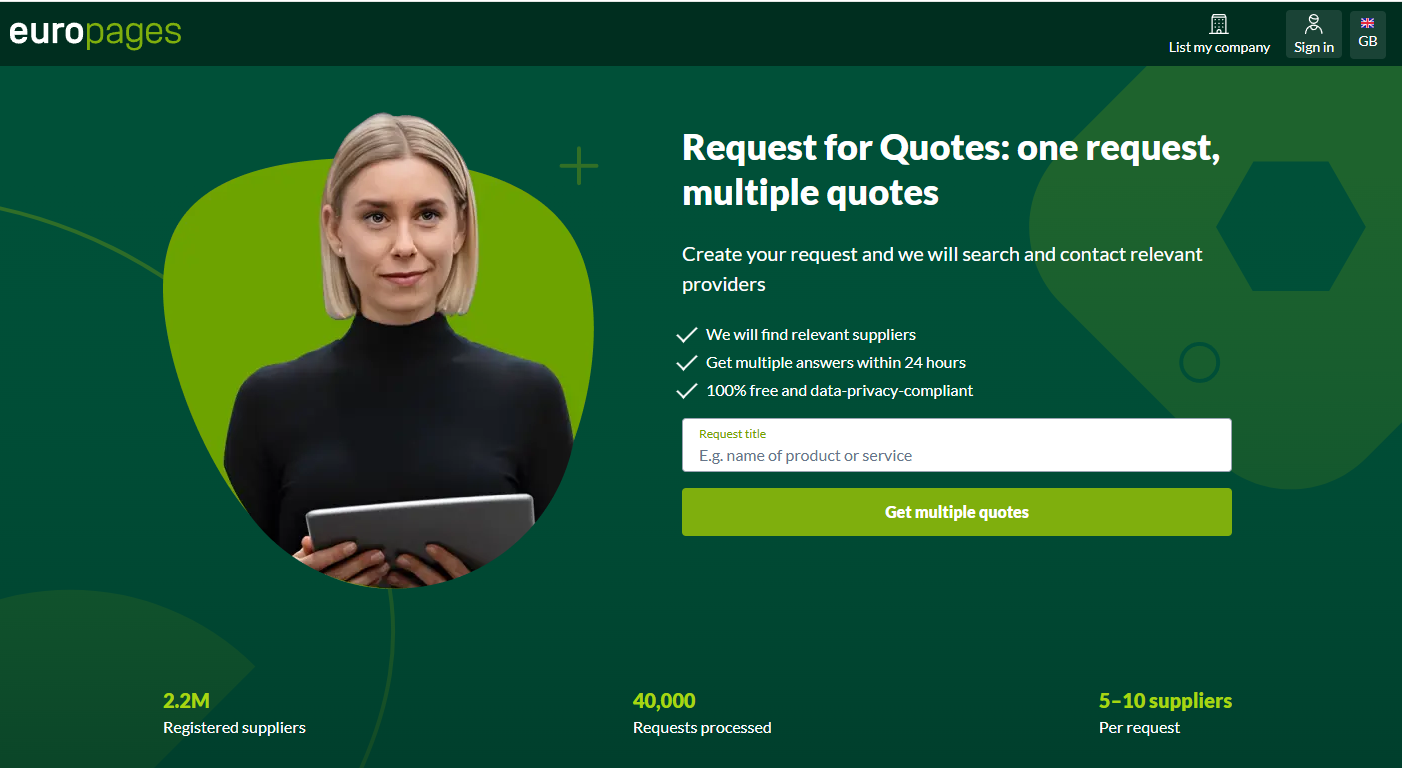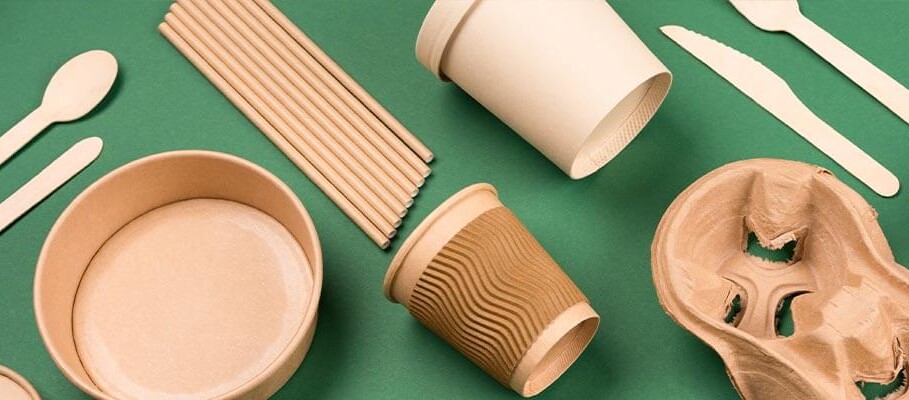Table of Contents
- The Role of Restaurant Packaging in Shaping Customer Perceptions
- Features of Innovative Packaging
- Leveraging Technology for Smarter Packaging
- Meeting Sustainability Demands
- The Business Case for Investing in Innovative Packaging
- Pro Tip: How to Choose the Right Packaging Partner
- Navigating Challenges in Packaging Innovation
- Emerging Trends and Future Directions in Restaurant Packaging
- Conclusion
1. The Role of Restaurant Packaging in Shaping Customer Perceptions
In today’s fast-paced world, restaurant packaging is no longer just a means to transport food; it’s a reflection of a brand’s identity and commitment to quality. Customers notice everything about their meal, from the ease of opening a container to whether the packaging aligns with their values, such as sustainability.
Tamper-evident packaging has gained significant attention in the wake of growing food safety concerns. This type of packaging provides visual assurance that a meal has not been mishandled during delivery, building trust between customers and restaurants. Additionally, aesthetically pleasing designs and clear reheating instructions can make packaging part of the overall dining experience, especially for delivery and takeaway customers.
For B2B professionals, understanding these dynamics is crucial. Restaurants depend on suppliers to provide packaging solutions that meet these heightened expectations while balancing functionality, cost, and innovation. By focusing on the customer’s needs, suppliers can deliver packaging that enhances convenience, protects food quality, and reinforces a restaurant’s brand identity.
2. Features of Innovative Packaging
Innovative packaging solutions are transforming how restaurants engage with their customers. For example, tamper-evident containers not only ensure safety but also instill confidence in the restaurant’s commitment to quality. Similarly, easy-open designs and resealable containers are particularly useful for customers who are on the move or want to save leftovers for later.
Interactive packaging is another growing trend. QR codes and augmented reality (AR) features on packaging allow customers to access menus, promotions, or even behind-the-scenes videos about the restaurant’s sourcing and preparation processes. These elements add a layer of personalization and engagement, making customers feel more connected to the brand.
Heat-resistant and microwave-safe materials are also becoming a standard feature in innovative packaging. These solutions enable customers to reheat meals directly in the container, eliminating the need to transfer food to another dish. This added convenience is highly appreciated in an era where takeaway and delivery orders dominate.
Branding opportunities are equally significant. With advancements in digital printing, restaurants can experiment with unique designs and customized messaging on their packaging. These features help reinforce brand recognition and create memorable customer interactions.
.png)
3. Leveraging Technology for Smarter Packaging
Technology is at the forefront of innovations in restaurant packaging, offering smarter solutions that enhance both functionality and customer experience. Smart packaging, for instance, incorporates features like NFC chips or QR codes that provide valuable information to customers, such as nutritional details, sourcing transparency, and even real-time freshness monitoring.
Digital printing technology has revolutionized the packaging landscape by enabling cost-effective customization. Restaurants can now print limited-edition designs or seasonal branding directly onto their packaging, allowing them to keep their offerings fresh and relevant. This capability is particularly beneficial for promotional campaigns or special occasions.
Automation in packaging production has also streamlined operations for restaurant suppliers and wholesale packaging supplies. Automated systems ensure consistent quality, reduce lead times, and minimize production costs, making innovative packaging solutions more accessible to restaurants of all sizes.
A compelling example of smart packaging comes from [Insert High-Authority External Link Here], which highlights how IoT-enabled containers are transforming food safety and delivery logistics. By monitoring temperature and freshness in real time, these solutions ensure that food arrives in optimal condition, enhancing customer satisfaction.
4. Meeting Sustainability Demands
Sustainability is no longer just a trend; it’s an expectation. Consumers are increasingly prioritizing eco-friendly options in all aspects of their lives, including how their food is packaged. Restaurants and their suppliers must respond to this demand by offering sustainable solutions that reduce environmental impact without compromising functionality.
Biodegradable and compostable materials, such as bagasse and PLA, have gained popularity as alternatives to traditional plastics. These materials not only break down more easily but also resonate with environmentally conscious customers. Reusable packaging is another innovative solution that aligns with circular economy principles, offering long-term benefits for both businesses and the planet.
However, adopting sustainable packaging does come with challenges, such as higher costs and limited availability of certain materials. For B2B professionals, these challenges present an opportunity to innovate. By collaborating with suppliers who specialize in sustainable materials, restaurants can find cost-effective solutions that align with their brand values and customer expectations.
5. The Business Case for Investing in Innovative Packaging
Investing in innovative packaging is not just about meeting customer expectations; it’s also a strategic move to improve business performance. Restaurants that prioritize packaging innovation often see increased customer loyalty, as customers appreciate the added convenience, safety, and sustainability.
Moreover, well-designed packaging enhances a restaurant’s brand perception. Creative and functional packaging sets a business apart in a crowded market, making it more memorable to customers. From a cost perspective, advanced materials and efficient designs can reduce waste and optimize storage, leading to long-term savings.
For B2B professionals, the return on investment (ROI) of innovative packaging is clear. By offering solutions that address pain points such as sustainability and convenience, suppliers can strengthen their relationships with restaurant clients and secure a competitive edge in the industry.
6. Pro Tip: How to Choose the Right Packaging Partner
- Evaluate Experience and Track Record: Look for a supplier with a proven history of delivering high-quality, innovative packaging solutions. Ensure they have expertise in both functionality and design to meet the needs of modern restaurants.
- Assess Sustainability Credentials: Prioritize suppliers who use eco-friendly materials and follow environmentally responsible practices. This is essential to align with customer expectations and sustainability goals.
- Consider Customization Options: Ensure the supplier offers customization capabilities to help restaurants differentiate their brand through unique packaging designs.
- Verify Scalability: Choose a supplier that can handle fluctuating demands without compromising on quality or delivery timelines, ensuring a seamless supply chain even during peak periods
Request a consultation to our team and discover how to effectively promote your food packages products on our platform.

7. Navigating Challenges in Packaging Innovation
While innovative packaging offers numerous benefits, implementing new solutions can be challenging. The initial investment required for advanced materials or designs may be higher than traditional options, which can deter some businesses. Additionally, transitioning to new suppliers or technologies can disrupt existing supply chains.
Compliance with food safety and environmental regulations is another important factor to consider. Businesses must ensure that their packaging solutions meet all relevant standards to avoid legal or reputational risks.
To overcome these challenges, restaurants and suppliers should adopt a phased approach to implementation. Starting with a pilot program allows businesses to test new packaging solutions on a smaller scale, minimizing risk and gathering valuable feedback before rolling out changes more broadly.
8. Emerging Trends and Future Directions in Restaurant Packaging
The restaurant packaging industry is undergoing constant evolution, with new trends and innovations shaping the way businesses meet growing customer expectations. Staying ahead of these developments is crucial for restaurants and their suppliers to remain competitive and deliver exceptional value. Here are the key trends and directions to watch:
- Edible Packaging: Made from natural ingredients such as seaweed or starch, edible packaging offers a sustainable and engaging option. These materials are not only biodegradable but, in some cases, consumable, reducing waste and providing customers with a unique dining experience.
- Advances in Biodegradable Materials: Biodegradable packaging is becoming more efficient, with faster decomposition rates, improved durability, and better integration with recycling systems. These advancements make eco-friendly options more practical and cost-effective for wide-scale use.
- Smart Packaging Innovations:
Technologies like sensors for temperature and freshness monitoring are becoming increasingly accessible. These smart features give restaurants and customers greater control over food quality and ensure better delivery experiences.
- 3D-Printed Packaging:The ability to quickly prototype and produce customized designs with 3D printing technology allows restaurants to create unique packaging for promotions or specific menu items. This innovation enhances flexibility and brand creativity.
- Minimalist Packaging Design:Clean, simple designs with clear labeling and reduced material usage are becoming popular among environmentally conscious consumers. These designs focus on functionality while aligning with modern aesthetic trends.
These trends highlight the evolving landscape of restaurant packaging, offering businesses opportunities to address customer demands while positioning themselves as leaders in sustainability and innovation
Get tailored quotes from packaging suppliers that match your specific requirements. Start now by using our "Request for Quotes" page.

9. Conclusion
Innovative restaurant packaging is a game-changer for businesses seeking to improve customer experience and stay competitive in the evolving foodservice landscape. By prioritizing convenience, sustainability, and technological advancements, restaurants and their suppliers can deliver packaging solutions that enhance satisfaction and build loyalty.
As consumer expectations continue to rise, now is the time for B2B professionals to embrace packaging innovation. Whether through tamper-evident designs, interactive features, or eco-friendly materials, the opportunities are vast—and the potential rewards are even greater.
For more information about eco-friendly packaging feel free to read the article from ScieneDirect.
For more resources on packaging, read these insightful articles:
- Deep Dive into Soft Drink Packaging: Aluminum Machining and Returnable Bottles
- Science Fiction or a Sustainable Reality? The Rise of Edible Food Packaging
- Supplier evaluation: The two most common methods
Find innovative packaging solutions for your next project today!
Atlas Export Packaging offers eco-friendly, custom packaging solutions globally. This Istanbul-based manufacturer provides sustainable options like reusable bags, custom food containers, and takeout boxes, prioritizing both quality and environmental responsibility. Contact them for your worldwide packaging needs.
Exonia Packaging, a Romanian packaging manufacturer founded in 2003, specializes in innovative, sustainable BIO packaging for food and pharma, serving clients like Coca-Cola and P&G. They produce over 100 million pieces annually, including paper bags and sacks.
Sampackt Packaging, a leading Turkish supplier, provides innovative, recyclable packaging solutions globally, including food packaging, bags, doypack pouches, and machinery. Committed to sustainability, they offer advanced materials like PCR Granules LDPE and aim to expand their customized export services worldwide.
XENOS Packaging, based in Greece, provides customizable, high-quality packaging solutions across Europe, including various types of bags and food packaging, produced in their advanced facilities. With over 30 years of experience, they offer rapid delivery, competitive pricing, and a focus on turning packaging into effective marketing tools for your brand.
Bleue Comme une Orange Packaging, a French company established in 1978, designs and produces certified (Certipharm, ISO, PEFC, FSC) compact cardboard packaging for various industries, including pharmaceutical, cosmetic, and food. They offer diverse printing options, short lead times, and manage both small and large volume projects.
Urspack Factory, a Romanian manufacturer, specializes in biodegradable cardboard packaging for various industries, using state-of-the-art technology and environmentally friendly materials. Urspack has earned the trust of major restaurant chains across Europe by ensuring quality and promptness.
Saarpor Klaus Eckhardt GmbH Neunkirchen Kunststoffe KG is a third-generation family business producing SECUPOR® technical molded parts, DECOSA® decorative items, and CLIMAPOR® insulation. They offer comprehensive customer support and specialize in processing various materials like EPS, XPS, PUR, and EPP.
CCAG, based in Morbihan, France, specializes in customizable promotional products and printing for various industries, particularly for restaurants and food service businesses. Their offerings include personalized placemats, finger bowls, cutlery pouches, napkins, promotional bread bags, and other customizable promotional items like textiles, all designed with the client's branding in mind.
Food Paper Portugal, established in 2005, specializes in manufacturing customized, biodegradable, and compostable food packaging, including paper bags and cups, for Take Away and Delivery. Using certified, high-quality, food-grade materials like virgin pulp and Kraft paper, they collaborate closely with clients to develop bespoke packaging solutions that are both sustainable and effectively promote their brand.
Auguste BLOCH, a family-owned business founded in 1811 and now part of HIGY, is a French company specializing in culinary aids, particularly known for its Nutriscore A-rated breadcrumbs. With a focus on healthy ingredients and a commitment to customer needs, Auguste BLOCH offers a range of products including breadcrumbs, cereal mixes, and oatmeal flakes, available in various packaging options for industrial clients, wholesalers, and restaurants.
DROPACK DROLSHAGENER VERPACKUNGS GMBH is a supplier of high-quality food and non-food packaging solutions, offering a seamless process from planning to delivery and an excellent price-performance ratio. Our innovative graphic team provides both standard and customized packaging options in any shape, color, and size, ensuring flexibility even for short-term requests.
ATLAS EXPORT, a Turkish company specializing in luxury, food, and eco-friendly packaging, offers a wide range of FSC, ISO 9001, and ISO 22000 certified products to distribution, import, wholesale, and advertising professionals. They provide personalized and standard packaging solutions, constantly innovating and offering comprehensive logistics support for delivery to your warehouse.

